Shakespeare was a perv. Let’s keep a tally, shall we? Rape? Check. Man-boy-fairy love triangle? Check. Bestiality? Check. Oh yeah, it’s all there. All there and more in Insurgo Theatre Movement’s production of Shakespeare’s A Midsummer Night’s Dream.
More
- Onyx Theatre
- Through August 9
- 953 E. Sahara #16 732-7225
Directed by Insurgo helmer John Beane, who was assisted by Ruth Palileo in this production, the rehearsal process started out with an “exploration” of Shakespeare’s text, to find the true motivations, actions and humanity underneath the years of glossed-over New Burbage-like productions. This is a fine goal—any performance, anywhere, of anything, had better find the core of humanity and reality at the center, and there’s a lot to get to the bottom of here. I won’t even attempt to try to summarize the plot—suffice to say it involves kings, amazons, star- (and flower-) crossed young lovers, squabbling fairy royalty and a troupe of hilariously bad actors.
But somewhere along the way, this exploration forgot that any truths discovered have to be conveyed to the audience. I don’t think every Shakespearean actor needs to declaim like Olivier, but if they’re going to compete with a noisy set and intrusive music, they need to be intelligible. The reason we’re still examining Shakespeare’s text is not because it inherently holds a surfeit of emotion, but because his words make us believe this is so. Too often in this production these words were delivered to the floor, or rendered unintelligible thanks to tortured delivery chosen to communicate “character” or “emotion.”
Which brings up the question of why Insurgo is tackling Shakespeare at all, even in this goth-ed up fetish version. Yes, there’s nudity, both of the male and female varietal. The moments of female nudity and near nudity (two brides wear cellophane wedding dresses) may not be called for in the script, but were of a whole with the design-based aesthetics and structure of this production. They highlight the heavy emphasis placed on the physicality of the characters and performers—elements that were advanced without nudity in the opening fight and dance interludes choreographed for this production. And this was further emphasized in what are, traditionally, the funniest bits of the play, those which focus on Bottom the Weaver and the Rude Mechanicals. Their broad physical comedy, along with straight-ahead delivery, made their scenes snap. Why muck around with loads of exposition in iambic pentameter when you’ve got a troupe that can do this?
The bottom line: ***

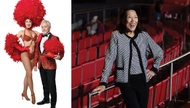
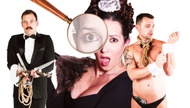
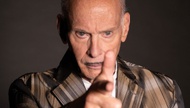
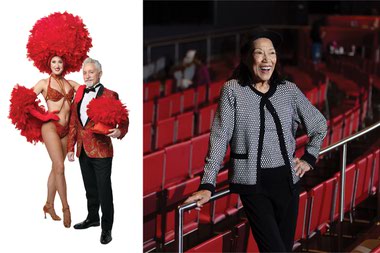
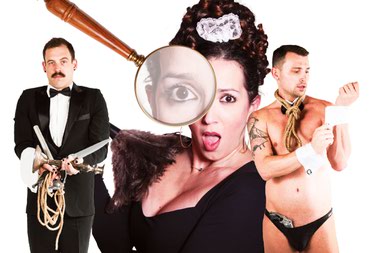
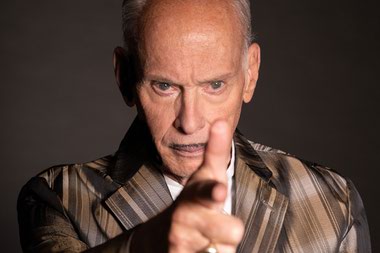
Previous Discussion: